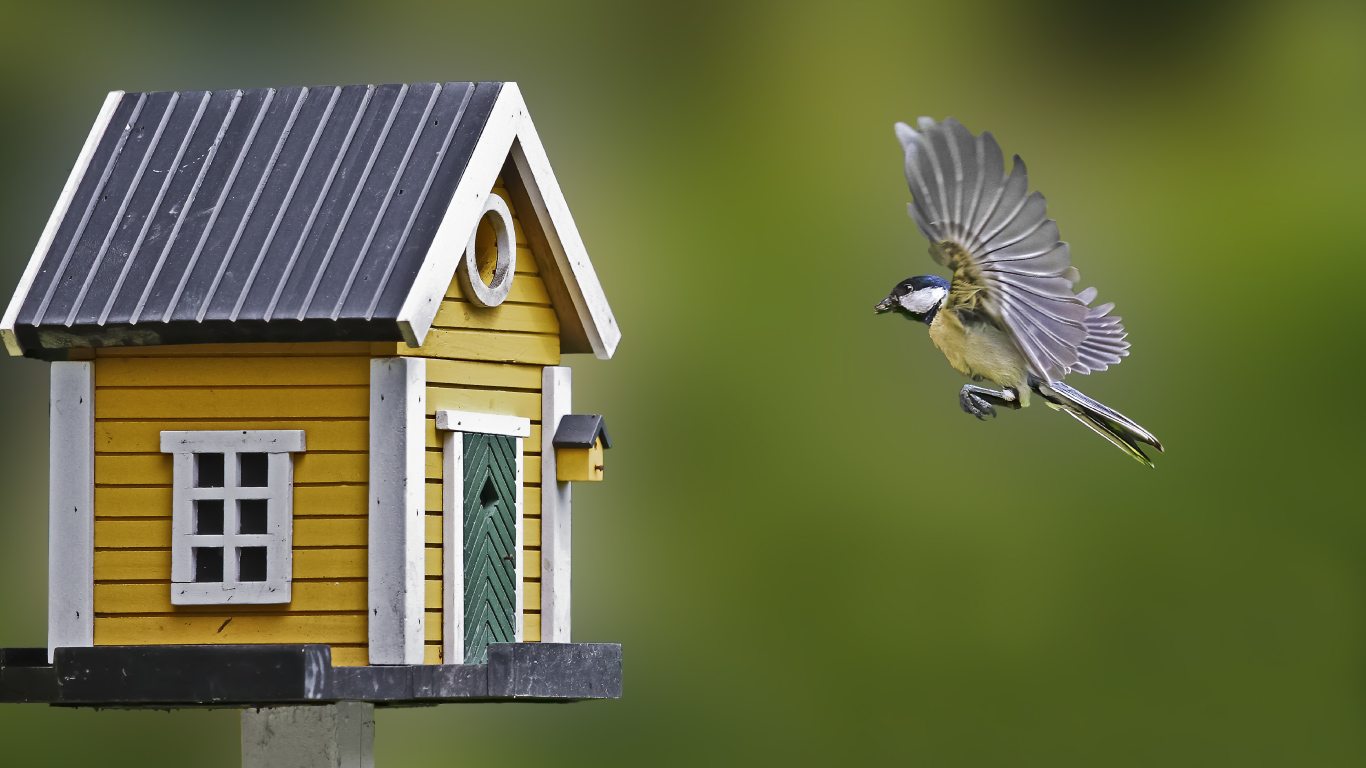
On May 13, Canada observes World Migratory Bird Day. This year’s theme aims to address the link between water and migratory birds, and the importance of protecting those waters that keep birds safe and healthy during their annual migrations.
Now that spring is here and many birds have migrated back to Canada, we thought we would have a look at some numbers…which are not just for the birds.
Every two years, as part of the Households and the Environment Survey, we’ve asked Canadians about their bird-related purchases. When asked most recently in 2021, about one-quarter of Canadian households (26%) made purchases to feed or shelter birds on their property in the previous 12 months, consistent with previous years going back to 2011.
That rate dipped to just over one in five (22%) households in census metropolitan areas (CMAs), and increased to over one-third (37%) of households in non-CMAs.
Over one-third of single-detached dwellings (36%) and mobile homes (33%) made these purchases, followed by nearly one-quarter (23%) of doubles, over 2 in 10 (22%) duplexes, and nearly 2 in 10 (19%) rows or terraces. Households in apartment buildings were less likely to have made these purchases—11% of those in low-rise buildings (fewer than five storeys) and 5% of those in high-rises (greater than five storeys).
About half of households in Belleville (53%) and Greater Sudbury (50%), Ontario, made purchases to feed or shelter birds on their properties—highest among all CMAs. The rate was about 4 in 10 households in the CMAs of Guelph (41%) and Barrie (39%), Ontario, as well as in Victoria, British Columbia (39%).
Over one-third of households in Prince Edward Island (37%), Nova Scotia (36%) and New Brunswick (36%) made purchases to feed or shelter birds on their properties. Nearly 3 in 10 (29%) households in Saskatchewan did.
Nationwide, nearly 1 in 10 households (9%) made purchases to watch birds, such as binoculars, bird books, or travel for bird watching trips. This rate was slightly higher among households in non-CMAs (11%) than in CMAs (8%).
Among CMAs, households in Victoria, British Columbia (17%) were most likely to make these purchases or travel for bird watching trips, followed by 12% of households in Kitchener–Cambridge–Waterloo, Ontario.
I'm like a bird, I only fly away...for vacation
In the second quarter (April to June) of 2022, nearly 2.8 million wildlife viewing or bird watching activities were reported by Canadians travelling domestically, an increase of 29.0% compared with the same quarter of 2019.
In fact, more Canadians took part in wildlife viewing or bird watching activities in the second quarter of 2022—as well as in the same quarter in 2019 and 2021—than activities such as camping, as spectators at sports events, canoeing or kayaking, and cycling and golfing. The rates of participation in those activities are typically highest in the third quarter (July to September), partially because of warmer weather.
As of December 2022, there were 352 nature parks or other similar institutions across Canada, including bird sanctuaries and conservation areas.
Perhaps some of those activities happened in the aptly-named Bird’s Point, Saskatchewan, which is known in part for its excellent bird watching!
Contact information
For more information, contact the Statistical Information Service (toll-free 1-800-263-1136; 514-283-8300; infostats@statcan.gc.ca) or Media Relations (statcan.mediahotline-ligneinfomedias.statcan@statcan.gc.ca).
